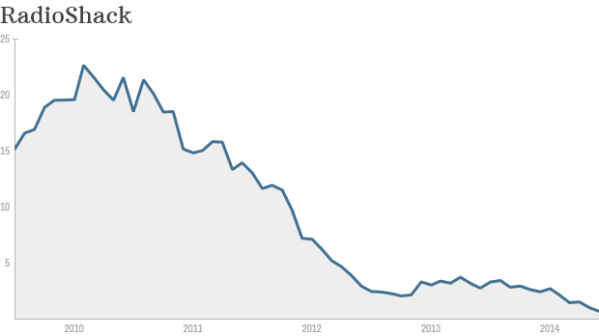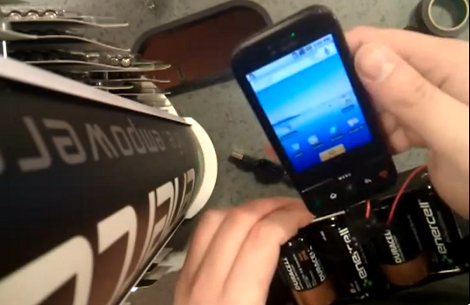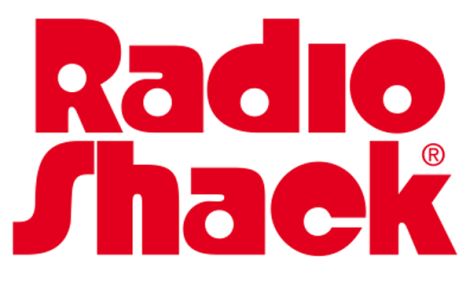The news for RadioShack is not good. The retail chain that we hackers hold near and dear to our hearts is in financial trouble, and could go under next year. With just 64 million in cash on hand, it literally does not have enough capital to close the 1,100 stores it planned to in March of this year.
On May 27th, 2011, we asked you what RadioShack could do to cater to our community. They listened. Most of their retail stores now carry an assortment of Arduino shields, the under appreciated Parallax (why?), and even El Wire. Thanks to you. You made this happen.
Today, we are asking you again. But not for what RadioShack can do better. We’re asking what they can do to survive. To live. It makes no sense for RadioShack to compete in the brutal cell phone/tablet market, and makes every bit of sense for them take advantage of the rapidly growing hacker/builder/maker what-ever-you-want-to-call-us community. Let’s face it. We’re everywhere and our numbers are growing. From 3D printers to drones, the evidence is undeniable.
With 5,000 retail stores across the USA, they are in a perfect position to change their business model to a hacker friendly one. Imagine a RadioShack down the road that stocked PICs, ARMs, Atmels, stepper motors, drivers, sensors, filament….like a Sparkfun retail store. Imagine the ability to just drive a few miles and buy whatever you needed. Would you pay a premium? Would you pay a little extra to have it now? I bet you would.
Now it’s time to speak up. Let your voices be heard. Let’s get the attention of the RadioShack board. You’ve done it before. It’s time to do it again. Hackers unite!
















